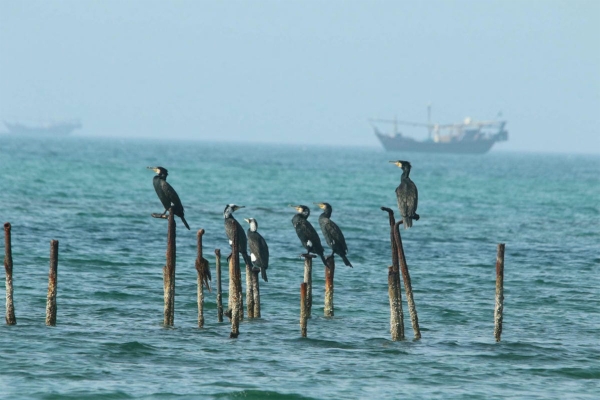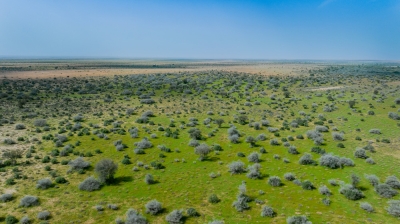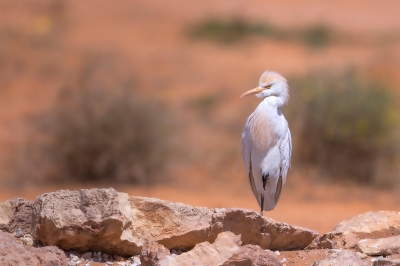

Al-Jubayl Marine Wildlife Sancturary is one of the nature reserves in the Kingdom of Saudi Arabia. It is located north of Al-Jubayl Industrial City in the Eastern Province, along the western coast of the Arabian Gulf, stretching from Abu Ali Island in the south to Ras Al-Khair in the north. The reserve includes five coral islands encompassing Dawhat Ad-Dafi, Dawhat Al-Musallamiyah, and other islands in the region. It is the only reserve in the Eastern Province.
Supervision of al-Jubayl Marine Wildlife Sanctuary
Al-Jubayl Marine Wildlife Sanctuary is the fourth-largest nature reserve supervised by the National Center for Wildlife in terms of area, following Uruq Bani Ma'arid Reserve, Saja and Umm ar-Rimth Reserve, and Farasan Island Marine Sanctuary, with an area of approximately 2,410.69 km. The protection within the reserve is divided into two levels: first, for wild and marine animals, and second, for the environment and trees.
The sanctuary was established due to oil pollution in the coastal areas along the Arabian Gulf shores following the Kuwait Liberation War in 1990. At the time, environmental studies and research recommended the necessity of creating al-Jubayl Marine Wildlife Sanctuary to monitor pollution and its effects, aiming to preserve the region's unique marine biodiversity.
Features of al-Jubayl Marine Wildlife Sanctuary
Al-Jubayl Marine Wildlife Sanctuary showcases diverse ecosystems and a variety of wildlife. Its terrestrial environment is home to red foxes, jackals, and multiple species of rodents. Additionally, it hosts a variety of bird species, including two types of larks, as well as various lizards and snakes. In its coastal environment, the sanctuary is home to flamingos, various species of sandpipers, gulls, terns, ducks, herons, and Socotra cormorants. In its nearshore aquatic environment, there are numerous invertebrates, such as snails and crabs.
In addition to its role in protecting marine animals, especially fish, from illegal fishing, al-Jubayl Marine Wildlife Sanctuary plays many roles, including safeguarding coral reefs and marine life from damage and pollution, promoting eco-tourism, and providing a suitable environment for recreation.
Related quizzes
Related articles

